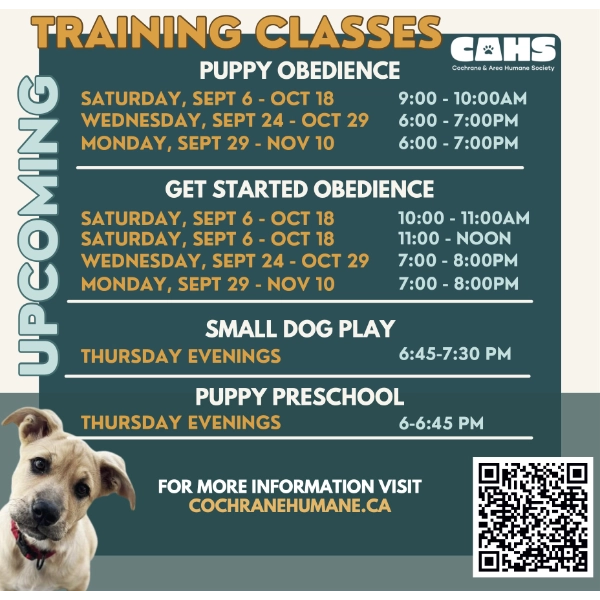Imagine yourself looking out on Southern Alberta’s Great Plains. Above you is a bright blue prairie sky sprinkled with cotton like clouds; before you is what can only be described as the rolling waves of a brown ocean. This oddity would have been reality mere centuries ago. The sounds of the treading feet and mumbling migrating buffalo, bison or as the Blackfoot call them the Ii’nii, would have filled the air. In 1885 the herds of an estimated 60 million buffalo across North America were reduced to just 23 free roaming buffalo in the USA and 200 or so in Canada. Life as the land knew it, altered drastically.
A buffalo is the largest North American land animal reaching over three meters in length and can weigh up to 900 kg, twice the weight of a moose. Imagine the footsteps left behind and the grazed landscapes to keep a big buffalo’s tummy satisfied. I recently attended a talk by Wes Olsen, author of the Ecological Buffalo, who has studied the immense impacts that these mighty beasts had on our ecosystems.
A few examples include how the native plants were adapted to the cyclic migration of these herds, the manure left behind for nutrients, and how the Aspen Parkland was kept from spreading into the native prairies. My favourite was how the wallows, shallow holes left behind by buffalo taking sand baths, acted as reservoirs for rainwater, which amphibians could use to breed, and other animals used as a precious drinking source.
During the winter months the bold buffalo was capable of breaking trails through the large snowdrifts that would have left smaller animals stranded. Many a bird or small mammal would be snuggled into their burrows and nests lined with the warm buffalo’s fur they had collected throughout the year. If one of the older or younger buffalo went down in the cold, this carcass could keep many mouths from succumbing to the famine that winter often brings.
Unfortunately, the other change that the disappearance of the buffalo brought was traditional ways of life of the Great Plains First Nations. My Blackfoot Elder likes to refer to the buffalo as the “Walmarts of the prairies”, with over 200 traditional uses of the buffalo, these animals provided everything; from food to shelter, to weapons and toys. The loss of the buffalo limited their ability to practice their culture and sustain themselves as they had done for thousands of years.
September is a time of reconciliation and reflection in Canada, to remember how the coming together of cultures has far-reaching impacts. This summer I went on a walk in Grassland National Park and unexpectedly rounded the corner on a wild bull buffalo, it was a moment of awe and wonder. I am hopeful for the future of this landscape as steps are being taken to reintroduce the buffalo not only in places like Parks, but also as herds on first nations reserves whose traditional knowledge kept them living harmoniously with the mighty buffalo for years. The buffalo is seen as a symbol of life, strength, and unity; they depend on their herd for their survival, and I for one imagine a future where I will have many more walks learning from the ways of the buffalo.


























